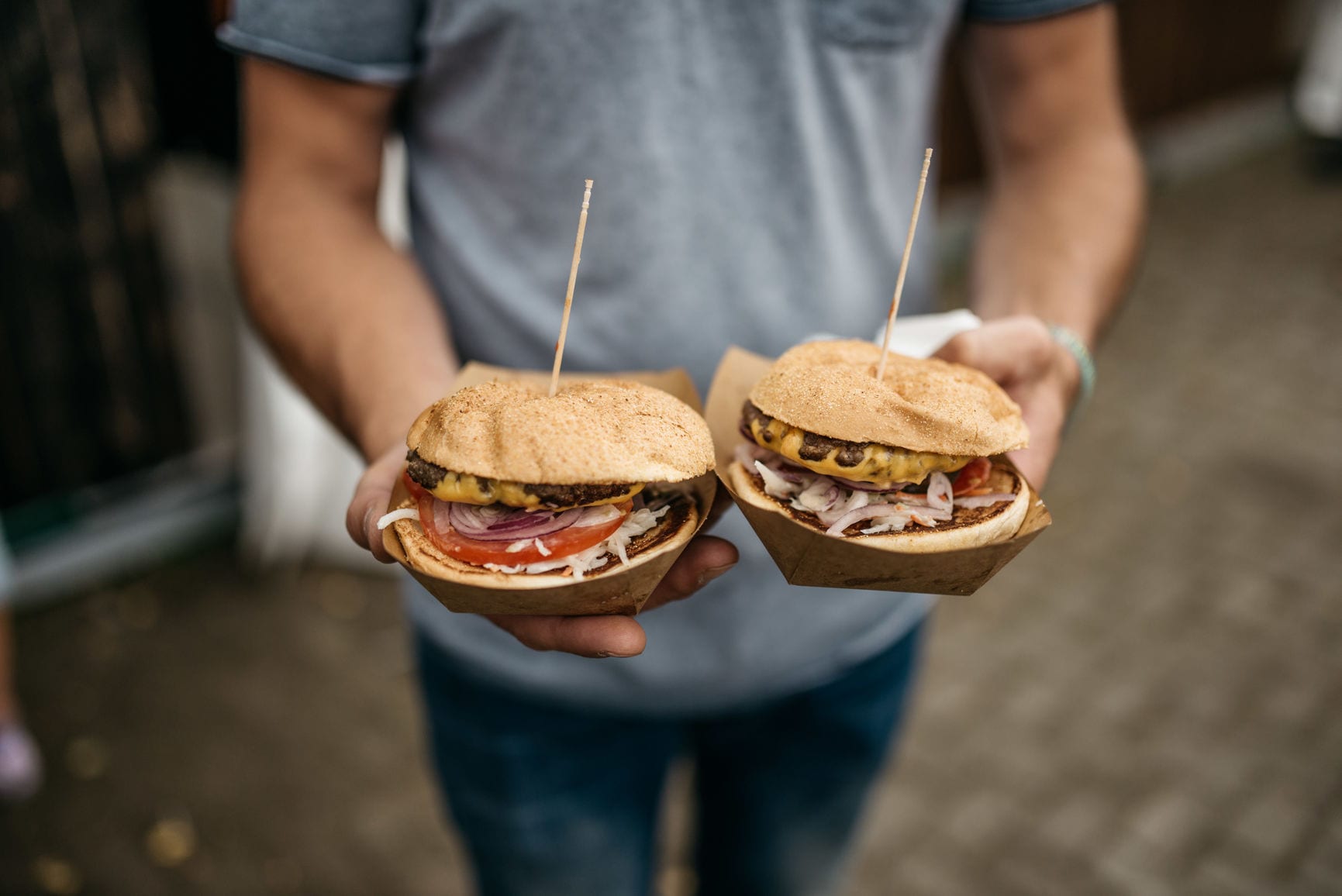This article is part of a series called “Getting Off-Premises”, which examines how to build an off-premises business.
“Catering” means much more than food delivery. It stands for the ways we meet customer needs by serving them on their terms and simplifying their lives.
Over the years, customers often told me the hardest part of using our catering service was ordering. I regularly heard, “I’m a salesperson (or an office admin or a meeting planner), not someone skilled in planning a catered meal. Please make this easier.”
Turns out I wasn’t the only one hearing those complaints. Technomic’s 2018 Catering Insights Program report documents this, too. While 74 percent of business customers placed getting a high-quality catering order as their top priority, 64 percent prioritized ease of ordering as their second most important demand. So, let’s discuss how you can make ordering easy for your customers.
1. If You Offer Online Ordering, Make Sure It Works

Online portals that take food orders for restaurants can be a boon to your business. Just make sure catering customers can navigate the order form.
Some online portals are incredibly convenient and do much of the work for operators. Dynamic portals allow customers to place catering orders 24/7, modify items (no mayo, dressing on the side, gluten-free), set times for delivery or pickup, and pay with a credit card. Operationally, these portals keep the wheels of a business moving and make it easier for operators to handle a broad array of tasks, like quickly updating online menus.
Other portals are less thoughtful in design. By comparison, static online menu pages require customers to take down and recite group orders to the caterer over the phone.
But since 48 percent of orders are phoned in, according to the Technomic report, your restaurant must be prepared to handle phone orders as well. So, make sure the team member designated to answer the phone is a trusted employee who has been trained to take catering orders. Otherwise, staff should be taught to find someone who is trained, or to follow proper phone etiquette. This includes promising to return customer calls immediately if someone isn’t available. Nothing screams “We don’t want your business” louder than the excuse “Sorry, no one can take your order now.”
2. Deliver Orders On Time
Technomic found that 74 percent of business catering customers expect orders to arrive on time. You can reduce the chances of late delivery by doing the following:
- Build in lead time. I like a 15-minute cushion because the extra time accounts for delays due to traffic or building security. Plus, staff won’t feel rushed when customers dawdle to confirm the accuracy of catering deliveries. In a perfect world, orders arrive five minutes early.
- Alert catering customers of delays. If your delivery driver encounters a traffic jam or an accident, notify the customer immediately of the delay. Teams may be able to run a meeting a bit longer until the driver arrives.
- Show up on time—not too early. Early deliveries can create a domino effect: While drivers wait around to unload orders at the scheduled time, food cools and client meetings may be disrupted. Drivers may be then be late for their next orders.
3. Develop Systems to Ensure Order Accuracy
Order-taking is not always accurate. That’s why in my catering days I installed a checking system requiring three key people to sign off on orders:
- The person who assembled the order
- A shift leader or a manager on duty
- The driver assigned to deliver the food
We used a simple ticketing system of numbers and color codes to improve workflow and accuracy. This system ensured that items were routed to the correct orders, solving the “whose chicken is this?” conundrum. So, every sandwich or box lunch intended for order No. 1 was numbered 1. Items that belonged to the second order in the queue was marked No. 2, and so on. (Today, some back-office platforms include this function to improve accuracy.)
We also insisted that every delivery driver maintain an “emergency kit” filled with extra napkins, salt, sugar, utensils, and more.
4. Ensure Food Serving Temperatures Are Correct
Not only is temperature management a food safety concern, it’s a point of customer satisfaction.
- Buy the correct equipment such as insulated or heated bags and sturdy coolers.
- Pack cold items into coolers first and hot items into insulated bags last. Hot foods, such as soups, cool faster than cold food warms, so portion and pack items accordingly.
5. Build Trust and Customers Will Call for More Catering
Getting orders right inspires confidence in customers. And customers confident in your service become regulars. The truth is there’s a lot of room for caterers to improve their service, even at restaurants known for amazing food and drinks. Getting service right off restaurant premises—to ensure delicious, hot meals are delivered swiftly to hungry guests—remains an industry-wide challenge in this market.
The good news is that operators who are dedicated to getting it right will surely do so as they develop better and scalable systems and processes. And that’s another reason why I believe hiring or appointing catering-specific people on your staff is so crucial. The sooner you let them become experts, the better, faster, and more accurately they’ll do the job.
Branding is the quickest way to differentiate your catering business.







